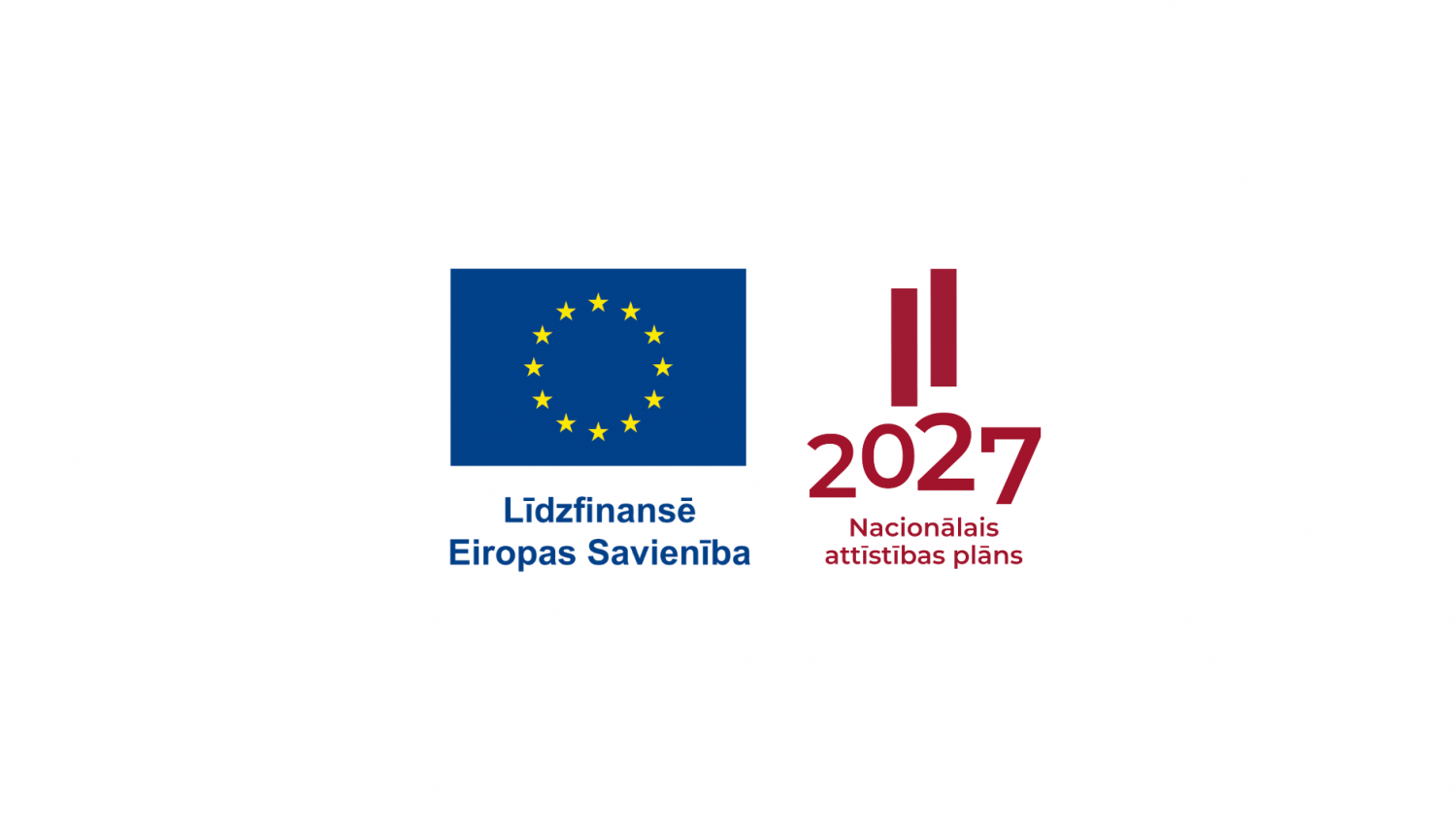








The objective of the project is to invest in and improve the energy efficiency of the Latvian National Archives building, achieving primary energy savings in the amount of 45%.
The project will invest in improving energy efficiency and switching to renewable energy sources in public sector buildings with a cultural function, including historic buildings, in order to reduce overall primary energy consumption, promote the switch to renewable energy sources in energy production and reduce greenhouse gas emissions.
We hope that the improvement of energy efficiency envisaged in these projects will ensure a more appropriate and stable climate for the preservation of the national documentary heritage.
Māra Sprudža,
director of LNA





Objective of the project:
The objective of the project is to invest in and improve the energy efficiency of the Latvian National Archives building, achieving primary energy savings in the amount of 30%.
The project will invest in improving energy efficiency and switching to renewable energy sources in public sector buildings with a cultural function, including historic buildings, in order to reduce overall primary energy consumption, promote the switch to renewable energy sources in energy production and reduce greenhouse gas emissions.
Main project activities:
Energy efficiency issue has not been addressed in the building so far. Old double-glazed wooden windows have reached the end of their useful life. Frames are rotten, paint is peeling. The closing mechanisms are not working. The technical condition of the window units is unsatisfactory, poor. In order to improve energy efficiency as much as possible, it is necessary to replace wooden external doors, attic doors, wooden windows, insulation of the external walls and attic insulation of the attic, roof replacement.
Project benefits:
Investments are made to improve the energy efficiency of the Latvian National Archives building.
The activities planned in the project will provide more comfortable living conditions and improve the visual appearance of the building, highlighting its representative character for users and visitors.
30% reduction in primary energy consumption
Project timeframe and financing:
The project must be implemented by 1 March 2026. The project funding is ensured within the framework of the European Union Recovery and Resilience Mechanism Plan 1.2 Reform and investment axis "Improving energy efficiency" investment 1.2.1.4.i "Improving energy efficiency in public sector buildings, including historic buildings".
